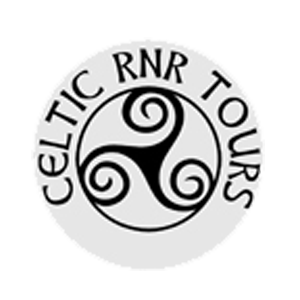
Side Area Customizing Widgets
Latest News

Side Area Customizing Widgets
15 - 30 guests
8 Days / 7 Nights
From $2,289
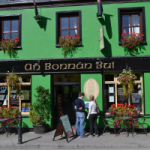

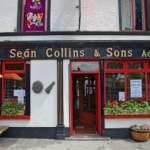



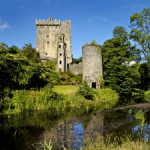
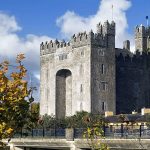

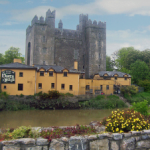
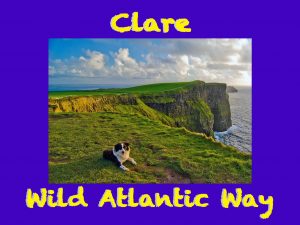
Welcome to the County Clare Ireland Tour! We invite you to join us on this once in a lifetime experience, visiting Clare on Ireland’s Wild Atlantic Way, a beautiful, scenic, and historic part of Ireland. Enjoy the warmth and “Cead Mile Failte” (100,000 Welcomes) that Clare people are renown for throughout the world, and nowhere more so than in their native Ireland. A very big Failte (welcome) awaits you on this wonderful week in the “Emerald Isle”.
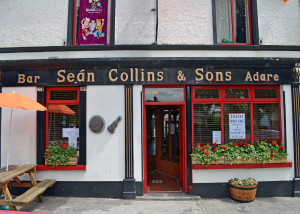
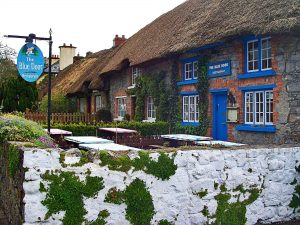
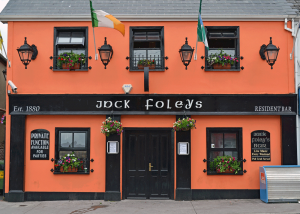
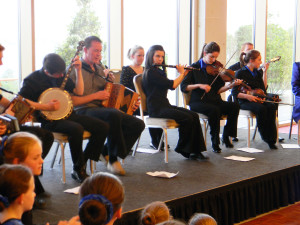
Doolin is a tiny village of just one street and several pubs, but seems to be a must-see for many people. While at night time this is understandable, since there is good music in the pubs, by day it really isn’t worth even a short detour – but go you must see it! It is however a good place to overnight if you are doing this tour over two days. The recently opened Doolin Caves are worth a visit if you’ve skipped Ailwee or are a real cave enthusiast. Doonagore Castle (N), about 1km from the village, is worth a quick visit if you have time. It’s a pretty 15th century tower surrounded by a walled enclosure, located on a headland with great views. The castle is private, it’s owned by an American family who use it as a holiday home.
Heading south from Doolin, The Cliffs of Moher Hotel in Liscannor presents the perfect opportunity for a tasty bite to eat before experiencing the main event: the cliffs themselves. Plunging into the Atlantic, the gigantic Cliffs of Moher are the superstars of County Clare. The Cliffs of Moher Visitor Centre tells the story of the cliffs, as well as introducing you to the thriving wildlife that call them home.
Evening


Visit Kilkee – Shannon Dolphin and Wildlife Centre, Scattery Island Monastery boat trip, Vandeleur Walled Garden, Doonaha beach, lighthouse and fort, Carrigaholt Castle and Rinevella Beach, Loop Head Lighthouse, Doonbeg beach, fort and Golf Club, and Spanish Point Beach.
Evening

Coole Park and Thoor Ballylee
“The beauty, the romance of our Seven Woods,
the mysteries of the ebbing and flowing lake are dear to me,
have been well loved, and are now in hands
that will care and tend them it is likely for ever”
– Lady Gregory, 26th May 1929
Coole is at the centre of a rare and complex wetland system that is considered to be of global importance. The system includes underground rivers, seasonal lakes (turloughs), springs and swallow holes. Situated in the low-lying karstic limestone region west of Gort, Co Galway the nature reserve covers an area of approximately 400 hectares (1000 acres) where wetland and woodland meet.
Coole Park, in the early 20th century, was the centre of the Irish Literary Revival. William Butler Yeats, George Bernard Shaw, John Millington Synge and Sean O’ Casey all came to experience its magic. They and many others carved their initials on the Autograph Tree, an old Copper beech still standing in the walled garden today.
At that time it was home to Lady Gregory, dramatist and folklorist. She is perhaps best known as a co-founder of the Abbey Theatre with Edward Martyn of nearby Tullira Castle and Nobel prize-winning poet William Butler Yeats. The seven woods celebrated by W.B. Yeats are part of the many kilometres of nature trails taking in woods, river, turlough, bare limestone and Coole lake.
Kinvara is a good place for craft shops and the harbour is very pretty and gets photographers excited! If you are lucky you may see one of the traditional local boats, known as Galway Hookers (yes, really!), out on the sea here.
Dunguaire Castle just outside the town is a typical 16th century “domestic scale” castle with fortified walls, in a lovely setting right on the shore of Galway Bay. It was occupied until about the 1950s but is now in the hands of the state and nicely restored. A tour gives a very interesting view of how people lived in this type of dwelling and in the evening a Medieval Banquet is held here, something to consider for the return journey this evening perhaps.
Evening

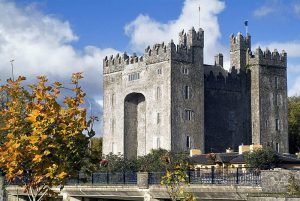
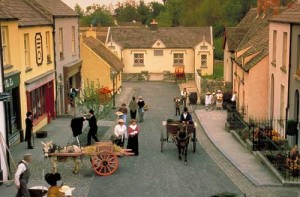

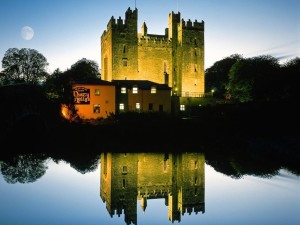
Check-in to Shannon Airport hotel for overnight stay and rest before returning home the next day
